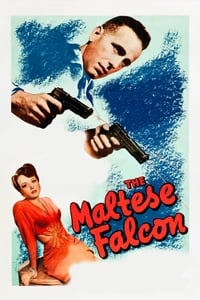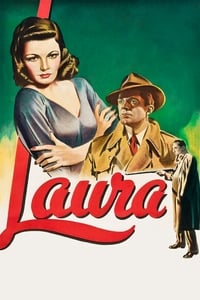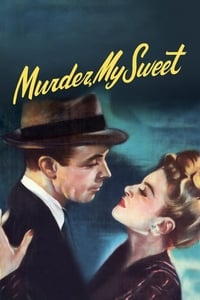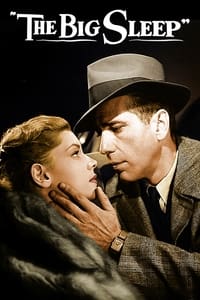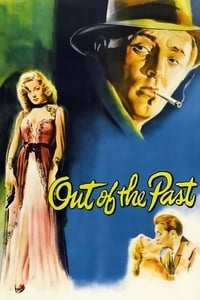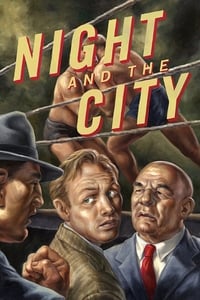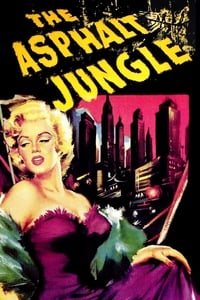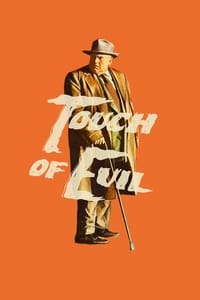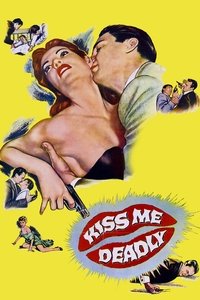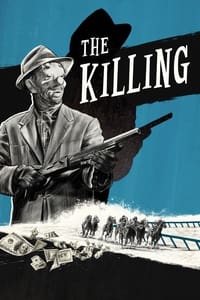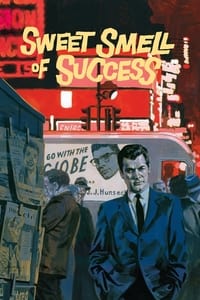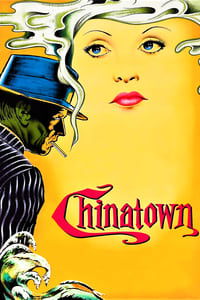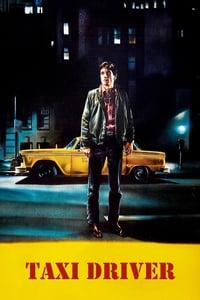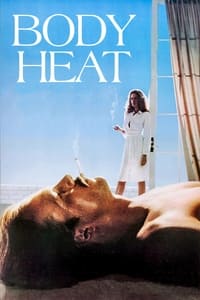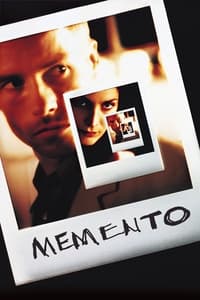The Shadowed World of Film Noir
Description
Film Noir — literally “black film” — emerged in the 1940s and 1950s as one of the most influential movements in cinema history. Defined by its chiaroscuro lighting, fatalistic tone, and morally ambiguous characters, it captured the anxiety, disillusionment, and cynicism of post-war society.
Deeply influenced by German Expressionism and American hardboiled crime fiction, Film Noir unfolds in a world of shadows, smoke, and neon-lit alleys. Its stories revolve around detectives, femme fatales, gangsters, and doomed lovers, where desire and corruption intertwine.
Themes and Style
Film Noir explores betrayal, obsession, greed, and fatalism. Its protagonists — often detectives or antiheroes — are trapped in webs of deceit and moral decay. Stylistically, it is marked by high-contrast lighting, reflective surfaces, Venetian blinds, rain-soaked streets, and smoky jazz bars. Narration in voice-over and non-linear structures add to its dreamlike — or nightmarish — atmosphere.
Legacy
Though the classic Film Noir period ended in the late 1950s, its influence persists in neo-noir works such as Chinatown, Blade Runner, or Drive. Noir’s visual language and existential themes continue to inspire modern cinema, from thrillers to psychological dramas and even science fiction.
